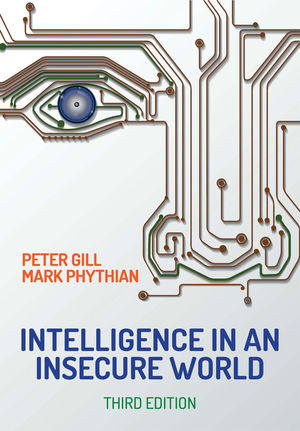Teledyne FLIR recently partnered with the World Wildlife Fund (WWF) in central Montana at the Fort Belknap Reservation to track black-footed ferrets, one of North America’s most endangered mammals.
The goal was to test infrared camera solutions, both as a fixed-mount camera and as a drone payload, to determine if the technology could provide a faster, more accurate method of spotting the elusive ferrets. Ultimately, WWF aims to not only support the repopulation of this endangered species, but to also support the A'aninin and Nakoda tribes living on the reservation in returning their animal relative to its native home.
The WWF worked with Teledyne FLIR to test a tower-mounted Tau 2 OEM thermal imaging camera with a 100 mm lens, encased in a pan-tilt unit, as well as a drone equipped with a thermal imaging camera. Thermography expert Shawn Jepson used the tower camera to search for signs of heat across the prairie — hoping to determine whether the camera could distinguish between heat emanating from underground burrows and the heat of a moving ferret. Meanwhile, Jesse Boulerice of Steller’s Jay Solutions, which specializes in unmanned aerial vehicles, swept the area with the drone to detect movement that might indicate a ferret. The tower camera can provide significant clarity at 200 meters, making the search in wide areas much easier and potentially useful for counting the number of individual ferrets in a litter. The WWF and Boulerice hoped the drone could provide confirmation of ferrets when they were too far away from the tower.
Black-footed ferrets once numbered in the hundreds of thousands across the prairie but fell to just a few dozen in the last century and were declared extinct in 1979. It wasn’t until a residual wild population was discovered in Wyoming in 1981 that United States Fish and Wildlife Service (USFWS) could begin a captive-breeding program to bring the ferret back from extinction.
The Fort Belknap Fish and Wildlife Department (FWD) first reintroduced black-footed ferrets to the reservation in 1997 yet initial efforts failed due to an outbreak of sylvatic plague — a non-native disease lethal to the species. With plague mitigation tools in hand, they reintroduced ferrets again 2013 and have since focused on keeping the current population healthy enough to reproduce. With assistance from the WWF and USFWS, the FWD is trying to reach a minimum of 30 breeding adult ferrets; as of 2022, they were on track with 16 adults and 32 ferrets total. USFWS hopes to eventually have 3000 adults nationally compared to the current wild population of 300.
“Plague, plowing, and prairie dogs; these are the ‘3 Ps’ responsible for the ferrets dwindling numbers,” said WWF’s Black-footed Ferret Restoration Manager Kristy Bly. “You’ve got a species whose loss was directly tied to human activity, so we have a moral and biological obligation to return what still can be.”
The largest threat to the already dwindling species today is sylvatic plague, as ferrets are highly susceptible to it. Plague is a bacteria carried by fleas that then infect ferrets and prairie dogs. It’s for these reasons that disease mitigation and vaccinations are the highest priority for the WWF and others in ferret restoration.
Capturing and administering vaccinations to an elusive, nocturnal animal has its challenges. Biologists are literally in the dark locating the ferrets while they’re hunting at night. Biologists currently use a truck-mounted spotlight to sweep across areas known to have prairie dog populations and look for the ferret’s iconic emerald-green shine from their eyes. Once they’ve located a ferret, they head to the area to set up traps in what they hope are ferret burrows. Then, they set off to sweep for another ferret while waiting for the trap to spring.
The spotlight solution entirely dependent on having a line of sight with the ferret. If a ferret isn’t looking at the light or if any terrain gets in the way, there won’t be any shine to identify them. This is where the WWF and FLIR found a technical solution.
While testing the tower on their second night, the group located a ferret within the first ten minutes and three ferrets total in one night. As Jepson picked up a heat signature through the tower camera, he relayed the information to Boulerice, who flew the drone over the area to verify what they saw. Once a ferret was confirmed, biologists quickly set a trap in its burrow with a radio box that would signal when the ferret emerged into the trap.
With the ferret trapped, a biologist could retrieve the ferret and take it to a mobile lab with the equipment for administering anesthesia, performing vaccinations, and inserting a tracking chip. Once the ferrets recover, they’re carefully replaced in their burrow.
The use of pan-tilt and drone-mounted thermal cameras could provide massive benefit for time and energy. “There’s always the potential that you go out and set things up and nothing happens but that hasn’t been the case tonight,” Boulerice said. “I think the future is stations like this with efficient ways of relaying to the people in the trucks where those ferrets actually are. I think tonight has shown that it has a lot of potential.”









